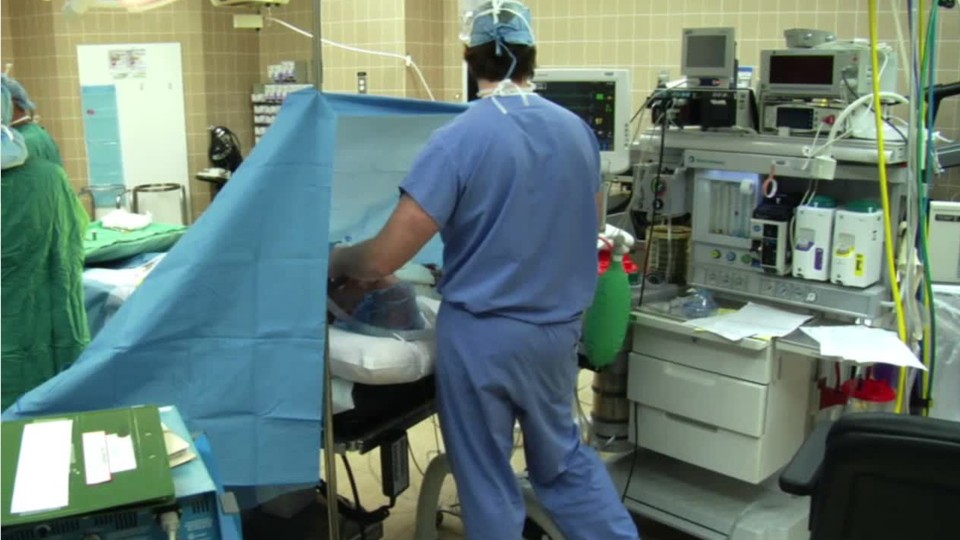Nurse Anesthetists
Certified Registered Nurse Anesthetist (CRNA), Nurse Anesthetist, Staff Certified Registered Nurse Anesthetist (Staff CRNA), Staff Nurse Anesthetist
 Select a military branch to see samples.
Select a military branch to see samples.
Advanced Practice Registered Nurse (APRN); Advanced Practice Registered Nurse (APRN), Certified Registered Nurse Anesthetist; Aerospace Medical Service Apprentice, Aeromedical Education Technician; Aerospace Medical Service Craftsman; Aerospace Medical Service Craftsman, National Registry Paramedic; Aerospace Medical Service Helper, Independent Duty Medical Technician; Aerospace Medical Service Journeyman, Flight and Operational Medical Technician; Anesthesiologist; Dental Assistant Craftsman, Dental Hygienist; Health Services Management Craftsman
Critical Care Medicine (CCM) Anesthesiologist; Nurse Anesthetist; Nurse Corps Officer
Health Services Technician; Medical Administration Specialty
No similar titles were found.
Anesthesiologist; Certified Registered Nurse Anesthetist; Nurse Anesthetist; Primary Care Nurse Practitioner; SC - Nurse Corps - General; Sugical Technologist; Surgical Technologist
Advanced Practice Registered Nurse (APRN); Advanced Practice Registered Nurse (APRN), Certified Registered Nurse Anesthetist
What they do:
Administer anesthesia, monitor patient's vital signs, and oversee patient recovery from anesthesia. May assist anesthesiologists, surgeons, other physicians, or dentists. Must be registered nurses who have specialized graduate education.
On the job, you would:
- Manage patients' airway or pulmonary status, using techniques such as endotracheal intubation, mechanical ventilation, pharmacological support, respiratory therapy, and extubation.
- Respond to emergency situations by providing airway management, administering emergency fluids or drugs, or using basic or advanced cardiac life support techniques.
- Monitor patients' responses, including skin color, pupil dilation, pulse, heart rate, blood pressure, respiration, ventilation, or urine output, using invasive and noninvasive techniques.
Knowledge
Health
- medicine and dentistry
- therapy and counseling
Business
- customer service
- management
Math and Science
- biology
- chemistry
Education and Training
- teaching and course design
Skills
Basic Skills
- reading work related information
- thinking about the pros and cons of different ways to solve a problem
Problem Solving
- noticing a problem and figuring out the best way to solve it
People and Technology Systems
- thinking about the pros and cons of different options and picking the best one
- figuring out how a system should work and how changes in the future will affect it
Abilities
Verbal
- listen and understand what people say
- read and understand what is written
Ideas and Logic
- notice when problems happen
- order or arrange things
Attention
- pay attention to something without being distracted
- do two or more things at the same time
Visual Understanding
- quickly compare groups of letters, numbers, pictures, or other things
Personality
People interested in this work like activities that include helping people, teaching, and talking.
They do well at jobs that need:
- Attention to Detail
- Dependability
- Stress Tolerance
- Integrity
- Concern for Others
- Adaptability/Flexibility
Technology
You might use software like this on the job:
Medical software
- eClinicalWorks EHR software
- Epic Systems
Word processing software
- Microsoft Word
Education
Education: (rated 5 of 5)
doctoral degree or
master's degree
usually needed
master's degree
usually needed
Job Outlook
Bright
New job opportunities are very likely in the future.
Explore More
- Anesthesiologist Assistants
- Anesthesiologists
- Critical Care Nurses
- Nurse Practitioners
- Registered Nurses
You might like a career in one of these industries:
See more details at O*NET OnLine about nurse anesthetists.






